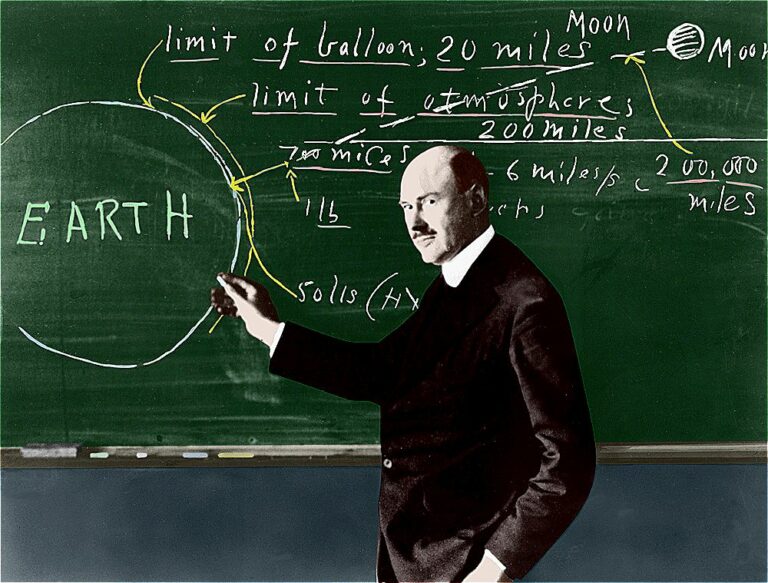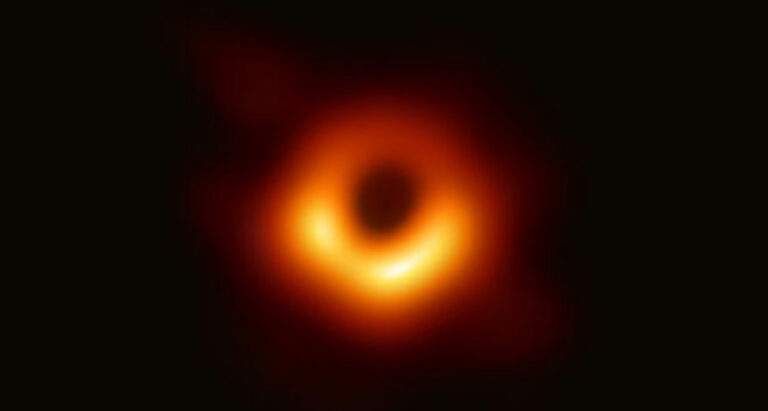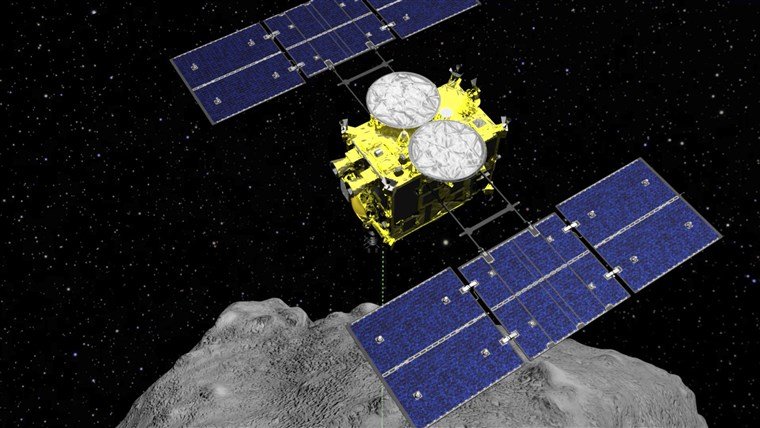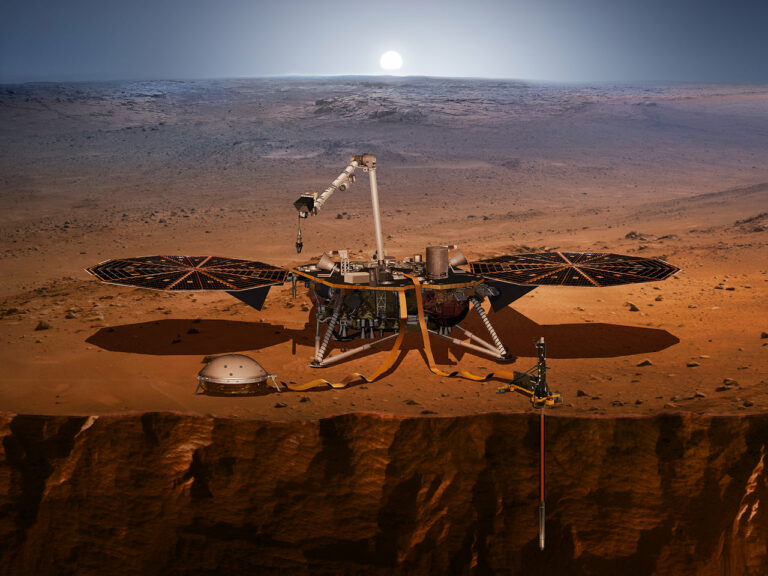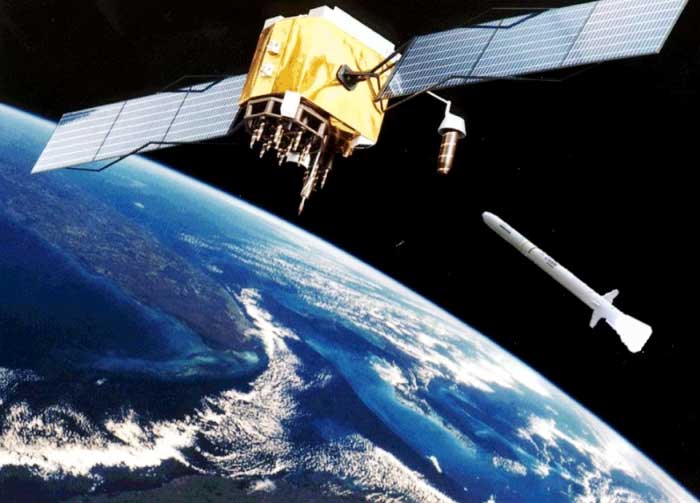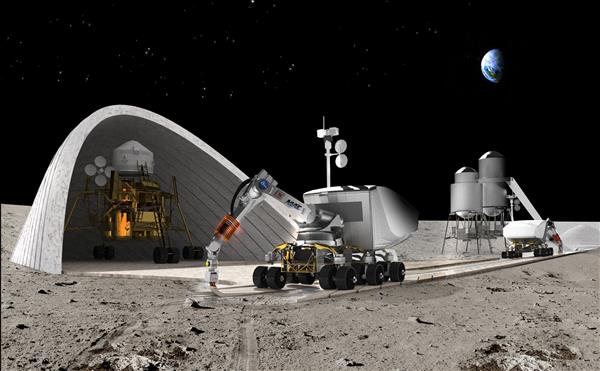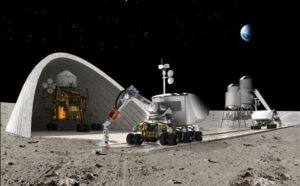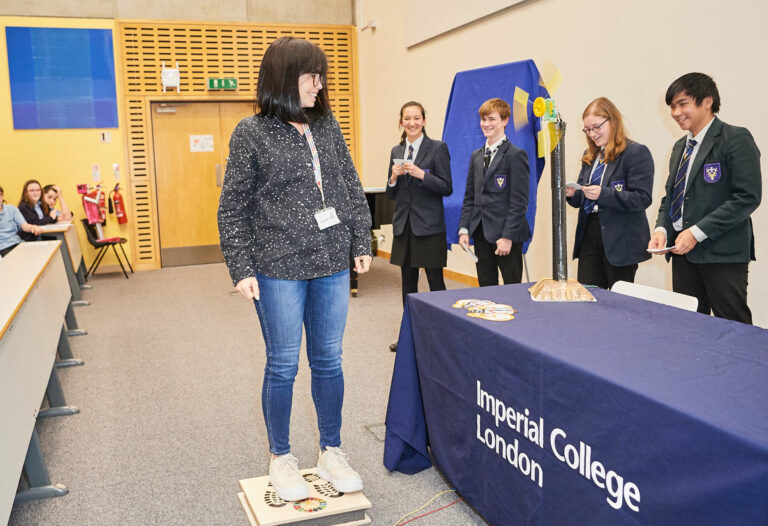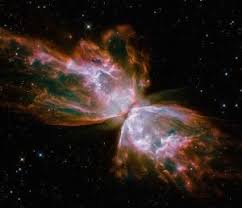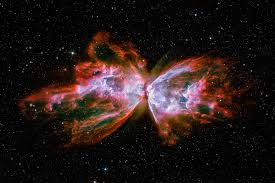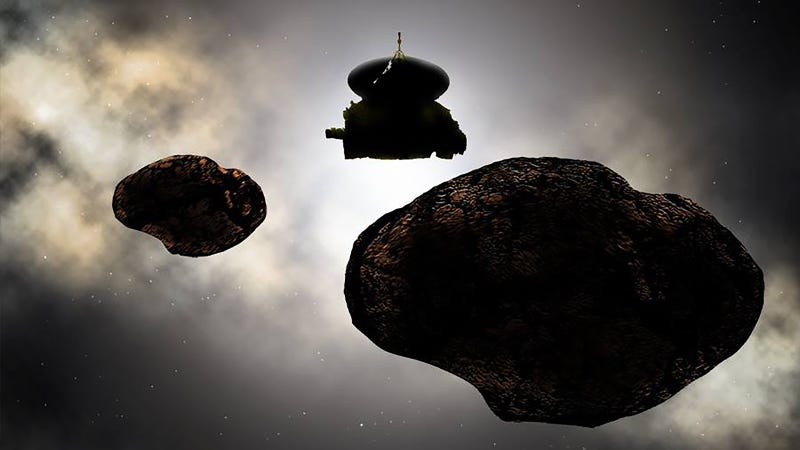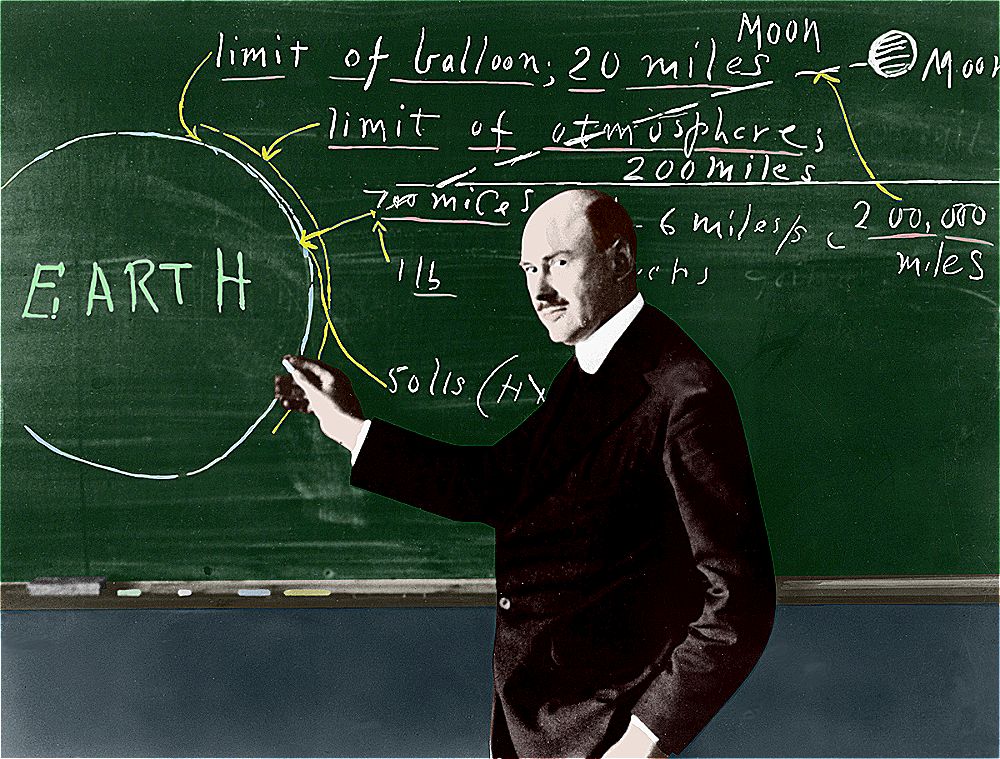
Today, we remember Robert H. Goddard as the “father of modern rocketry”, yet during his lifetime he was mockingly called “the moon man”. The scientific breakthroughs carried out by Goddard in rocket engineering have often been compared and to the Wright Brothers’ first flight in terms of significance in their respective fields.
Robert H. Goddard was an American scientist and engineer who dedicated his life to rocketry to make space travel a reality, unfortunately, it could not possible within his lifetime but thereafter and now we are living in an era of space tourism. After successful modeling he experimented in his research lab and came to a conclusion that without air to push, the thrust and the resulting propulsion can happen in a vacuum, by the time, this was considered nearly impossible. Additionally, it provided hope for space-flight that a rocket would be able to propel itself in space (space is also a vacuum). He also pondered on the practical nature of rocket propulsion to reach the moon. A relatively new and unique concept that was unheard of before, that resulted in an outburst of mockery prevail even after his death.
Childhood
Robert H. Goddard was the only child of Fannie Louise Hoyt and Nahum Danford Goddard. He was born on October 5, 1882, in Worcester, Massachusetts. Throughout his childhood, Goddard was always interested in science. Goddard’s father was supportive of his passion and helped by buying microscopes and telescopes for his son. He lived most of his childhood in the countryside, where he was free to explore. His love for physics led him to read all sorts of science-based books. It was such that in 1898 he read “War of the Worlds”, a space-fiction novel by H.G. Wells. This inspired him greatly and led him to ponder space exploration and the possibility of space-flight. On October 19, 1899, Goddard climbed a cherry tree with the intent to cut off the excess dead branches but became mesmerized by the sky. It was then that the thought hit him that “how wonderful it would be to make a device which had even the possibility of landing on the Moon?” Goddard penned down in his personal diary that he for the very first time he found his existence more reasoning”. From then on, Goddard dedicated the rest of his life to the field of rocketry and space exploration.
Likewise most of the genius of his time and hereafter, Goddard had always been a sickly and frail child. However, he quickly made up for the two worthy years of his life being lost and poured himself over books of mathematics and science. He excelled in his schoolwork, made class president twice and class valedictorian in high school. Once in a speech he memorizes his school days and said, “The dream of yesterday is the hope of today and the reality of tomorrow” which accurately represents his beliefs on space travel.
Academics & Professional life
Later on, Goddard spent his college years at Worcester Polytechnic Institute, in Worcester, Massachusetts and graduated in 1908. He got his Ph.D. in Physics from Clark University and joined it physics teacher. While experimenting in a less facilitated laboratory of Clark University, many breakthroughs such as thrust and propulsion can take place in a vacuum and the mathematical ratios of thrust and energy per different types of fuels were made. He started a series of small rocket experiments but being handicapped due to the lack of sufficient funding.
In September 1916, Goddard wrote a letter to Charles Greeley Abbot requesting funds from the Smithsonian Institution to continue rocket experiments. On January 5, 1917, his request was accepted and he was awarded $5000. Despite a series of sarcasm, criticism, and mockery the Institution continued funding for many years.
In the meanwhile, he met Charles A. Lindbergh who find his ideas more attractive and actually believed in the of space travel. Although Goddard tended to be very private with his research because of the public scorn he faced, he opened up to Lindbergh and shared his research. Lindbergh and Goddard shared a strong friendship based on their shared beliefs. Lindbergh helped Goddard procure a Guggenheim sponsorship for greater financial help in Goddard’s experiments.
Consequently, after receiving financial aid, Goddard moved to Roswell, New Mexico in 1930. Where he found large areas of land and also a peaceful atmosphere for his experiments. It was there that he opened a spaced outlet with a crew and did experimental flights. The locals were so respectful of Goddard’s privacy and did not interfere in his rocket experiments. In 1935 at Roswell, Goddard managed to be the first person to launch a rocket faster than the speed of sound.
It was around the time when World War II sat in and Goddard patriotically offered his expertise to the military. He was sure that he could create weapons but the military was not interested in the offer because they could not see a viable future in rocketry. However, the navy contacted Goddard asking him to aid them in building a powerful thrust booster to propel airplanes from the sea directly. Goddard agreed and moved to Annapolis, Maryland to work on its development.
Later, a German missile called V-2 discovered with a liquid-fueled motor similar to Goddard’s. When he happened to inspect that rocket, he quickly realized that they copied him. While the V-2 may not have been copied from Goddard’s design, his work certainly helped the Germans.
He was the first man to theorize and find the mathematical ratios of thrust and energy per different types of fuels. This was especially important as Goddard experimented with liquid fuels such as liquid oxygen and hydrogen. By then, these fuels were uncommon since rockets were fueled with powder. This discovery proved worthwhile. In 1914 Goddard patented his design for the first liquid-fueled rocket and after multiple trials and failure, Goddard had finally built a model of a liquid-fueled rocket. So, on March 16, 1926, in Auburn, Massachusetts on his Aunt Effie’s estate, he launched this rocket. Eventually, the rocket successfully achieved a short lift-off, becoming the first liquid-fueled rocket to take flight. The launch site is now an American national historic landmark, named as the Goddard Rocket Launching Site.
It was during this time in 1914 where he also patented his design for the multi-stage rocket, which had two or three stages using solid fuel. Additionally, his rocket flight in 1929 in which his rocket had a barometer and camera as a scientific payload was the first of its kind.
The New York Times Mockery
Goddard proposed that his rockets might travel through space and reach the moon as well as other planets. The New York Times responded to this with an editorial titled, “A Severe Strain on Credulity”. It thoroughly rejected the notion of space travel being possible to that extent. They believed that a rocket could not propel itself in the vacuum of space and claimed that Goddard “does not know the relation of action to reaction, and of the need to have something better than a vacuum against which to react against”. The editor went to the extent that a rocket traveling through space would, “deny a fundamental law of dynamics, and only Dr. Einstein and his chosen dozen, so few and fit, are licensed to do” and “Of course he [Goddard] only seems to lack the knowledge ladled out daily in highs schools”.
On July 17, 1969, the day after the launch of Apollo 11, 49 years after the editorial ridiculed Goddard, the Times published a retraction. It summarized the previous statements of “A Severe Strain on Credulity” and concluded by saying, “Further investigation and experimentation have confirmed the findings of Isaac Newton in the 17th Century and it is now definitely established that a rocket can function in a vacuum as well as in an atmosphere. The Times regrets the error” thus, admitting their mistake.
Goddard’s lagacy
Although Goddard was heavily ridiculed and mocked during his lifetime, he has received many awards and accolades after his death for his commendable work in rocket science. In 1959, he awarded the Congressional Gold Medal and on March 16, 1961, NASA opened the Goddard Space Flight Center in his honor that eventually caused a recognition to him, he really deserved to.
Robert H. Goddard once dreamt of an impossible and devoted his life for. Consequently, with hard work and sheer dedication, he proved that there is no limit what one can accomplish unless he limits his own thinking.
